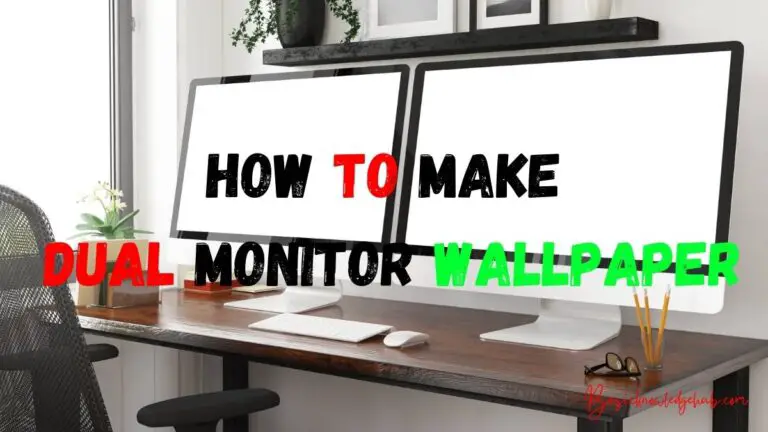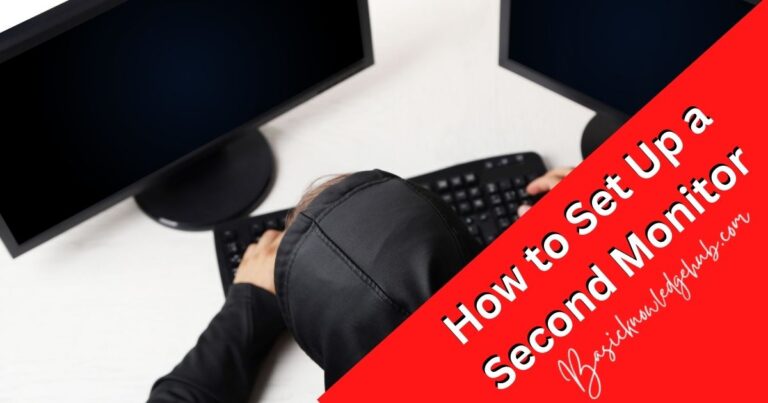Computer Monitor: Guide to Choosing for Your Home-Base Job
The first time I bought a computer monitor, the choices were only down to several brands with 2 to 3 models each. These days, when you compare computer monitors, you’ll be overwhelmed by the number of good options. So how do you choose which one could perform the best for your home-based job? Go through this Computer Monitor Guide.
If your goal is to buy just the cheapest model, pick out the smallest and most low-cost option from your favorite monitor brand. If you have a budget to choose a monitor based on features, here are 6 important things to consider:
Screen Size, Resolution and Aspect Ratio
Many people consider screen size as the only thing to look for in a monitor. This is the first mistake because size should always be considered along with resolution and aspect ratio. Here’s why:
- Screen size is measured diagonally from a top corner to its opposite bottom corner. This varies from as small as 19” to as big as 80 inches. Most home computers go between 24” to 43”, but because the cost increases with every one size up, the monitor size is a big consideration.
- Aspect ratio is the screen’s width in relation to its height, while monitor resolution describes the visual dimensions of any given display. Popular options are 16:9 aspect ratio and 1920×1080 px resolutions. The higher the aspect ratio, the clearer your visuals would look because of the high number of pixels packed within a particular display.
Panel Types:
Panel types used on modern LCD monitors fall into three main categories: TN, VA, and IPS, each of which handles viewing angles and color reproduction differently. They also have varying response times and refresh rates, which means some are better used for gaming, while others are better paired for video editing or just general use.
- TN – Used by heavy gamers, TN panels have impressive response times and refresh rates. It is also one of the most stable since it is the oldest display panel technology around. The main issue for TN screens is the poor color representation and bad viewing angles at certain spots.
- IPS – This type of panel was designed to solve the issues of TN monitors, which means they are marketed towards people who require accurate colors and good viewing angles at work. Graphic designers, architects, cinematographers and others prefer IPS over TN.
VA panels are still available for general use, but they aren’t recommended much because TNs have taken their place. You can also check out more advanced panels, such as the OLED, which is a mix of both the IPS and TN when it comes to performance.
Brightness and Contrast
Viewing angles and color accuracy aren’t the only ones you should check. If you’re going to be using the monitor for your home-based graphics job, you’d want to check the max output brightness and contrast levels provided by every brand.
For contrast, go with at least 100:1 and 09% brightness, while brightness should be as high as around 400 nits. These numbers could still go higher, but most design jobs think higher brightness and contrast should only be secondary to color accuracy.
Are there other things to consider?
Actually, even with all the specifications, we tackled above, there are still other options you can find. For example, if you’re passionate about environmentally-friendly tech, some manufacturers are, but others are more serious about their green tech.
Do you need your monitor to have other features built into it? There are monitors that are designed with built-in memory card readers, USB hubs, speakers, microphones, headsets, and more. If these aren’t built into your new monitor, make sure you have these third-party devices if you wish to incorporate them into your day-to-day work.
Should you use a TV for your monitor?
You might be tempted to buy a cheaper television instead of a monitor. In the past, this was a valid decision because the resolutions and aspect ratios of a TV and monitor used to be very similar.
It is still possible to use a TV as a monitor, but most experts recommend that your TV has 4k resolution to enjoy such a setup.
Your Budget
For someone who has an unlimited budget, you’re lucky because this means the cost isn’t something you’d consider largely. However, if you are on a budget and would like to get the best bang for your buck, then you need to have the best expectations.
You can buy a $150 monitor, but you might have to sacrifice one or two of your listed features and functions of a monitor. A general-purpose monitor could go for as low as $200 or as high as $500. It all depends on the capability you’re aiming for and the work requirements needed to be done.

